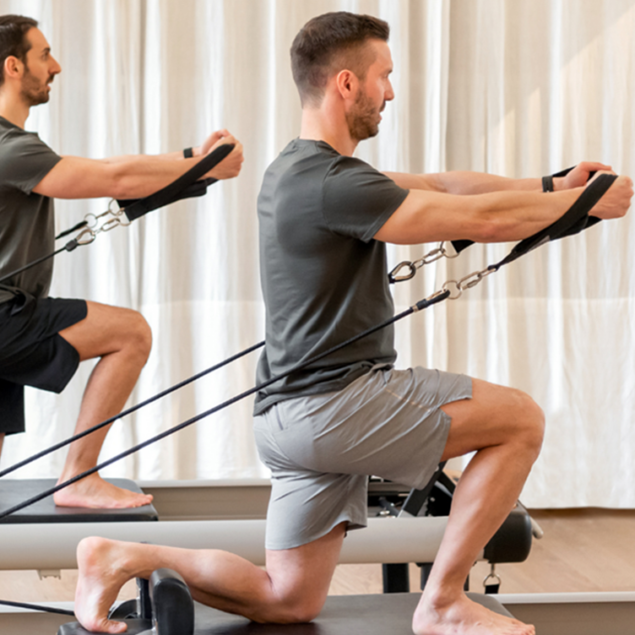
Injury prevention and recovery is a part of every exercise and is crucial to not only avoiding any injuries but also making sure you’re getting the most out of your classes and feeling energised and ready for the next one. We asked Head Trainer and Physio, Maddy Wladyka from our Canning Bridge studio in Perth to share her advice on how to prevent injury and her top tips for recovery after a KX class.
During a KX workout there’s a balance of long, slow and controlled movements, coupled with shorter bursts of high-intensity exercises to get your heart rate up. This allows your body to recruit a whole range of muscle fibres and groups, some of which may respond better to certain types of exercises than others. As with any workout, you may experience generalised muscle pain but it’s important to understand how to push yourself within your limits and prevent injury.
Muscle fibres are different in everyone, which is why you may find the longer sequences tougher, or the short bursts a little harder. This is completely normal, and it can help you identify specific goals for your KX workouts. Chat to your trainer if you’re needing a push towards those goals too – your trainers are there to support you and help you achieve your goals!
Once your KX class is over it’s important to remember to treat your body well and give it the best chance at recovering so you can continue to reach your goals and set new ones! Recovery is a psychological and physiological process, and without it, it can be difficult to see the changes you’re looking for. We’ve listed some key strategies to put your body first and aid your recovery: